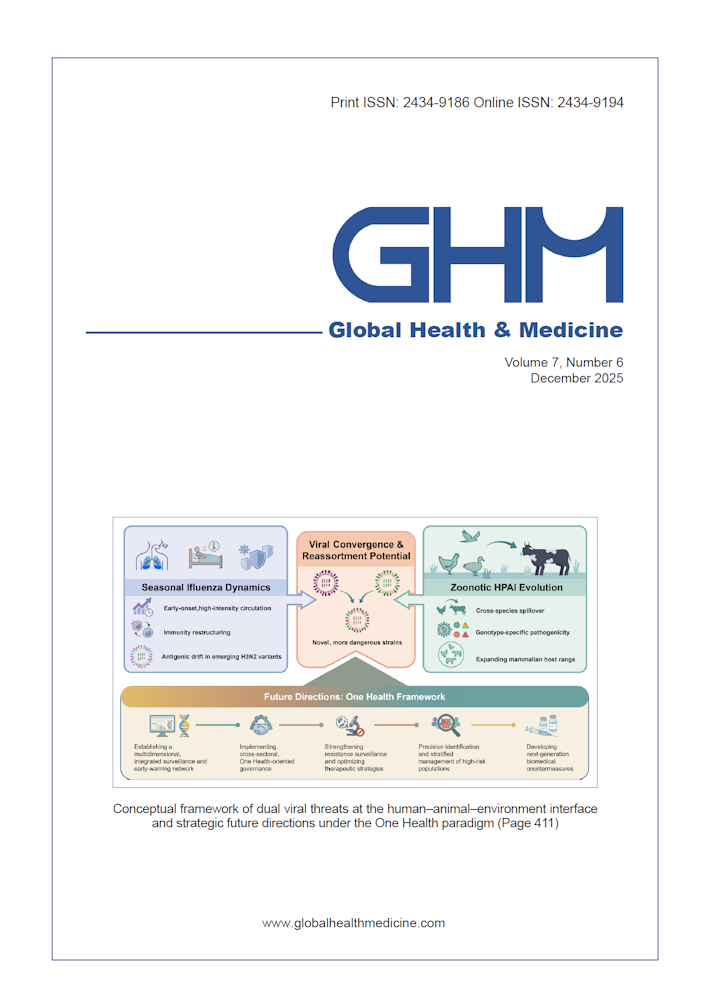Global Health & Medicine 2023;5(5):271-277.
Low fertility and fertility policies in the Asia-Pacific region
Boydell V, Mori R, Shahrook S, Gietel-Basten S
Declining fertility is an increasing global trend. In many low fertility contexts, people are having fewer children then they want, and these unfulfilled fertility desires have been associated with wider socio-economic changes in education and labour force participation and conflicting and often contradictory expectations of women at home and at work. The right to determine if, when and how one has children is enshrined in international law yet many policies responses to low fertility fail to meet these standards. This paper summarizes why people in the Asia-Pacific region are having fewer children than they desire, and the range of policy responses, particularly those that make life easier for working parents. This raises two important points. First, we need to contend to the gender dynamics that underpin this in the region, despite gradual changes in women's roles, they are still seen as "caregivers" and undertake a disproportionate amount of unpaid care work, often having to lean-out of their employment, and/or face gender discrimination in the workplace. Second, the "emergency" of low fertility arises from complex social and economic conditions that cannot be solved by population policies solely focused on making babies.
DOI: 10.35772/ghm.2023.01058







